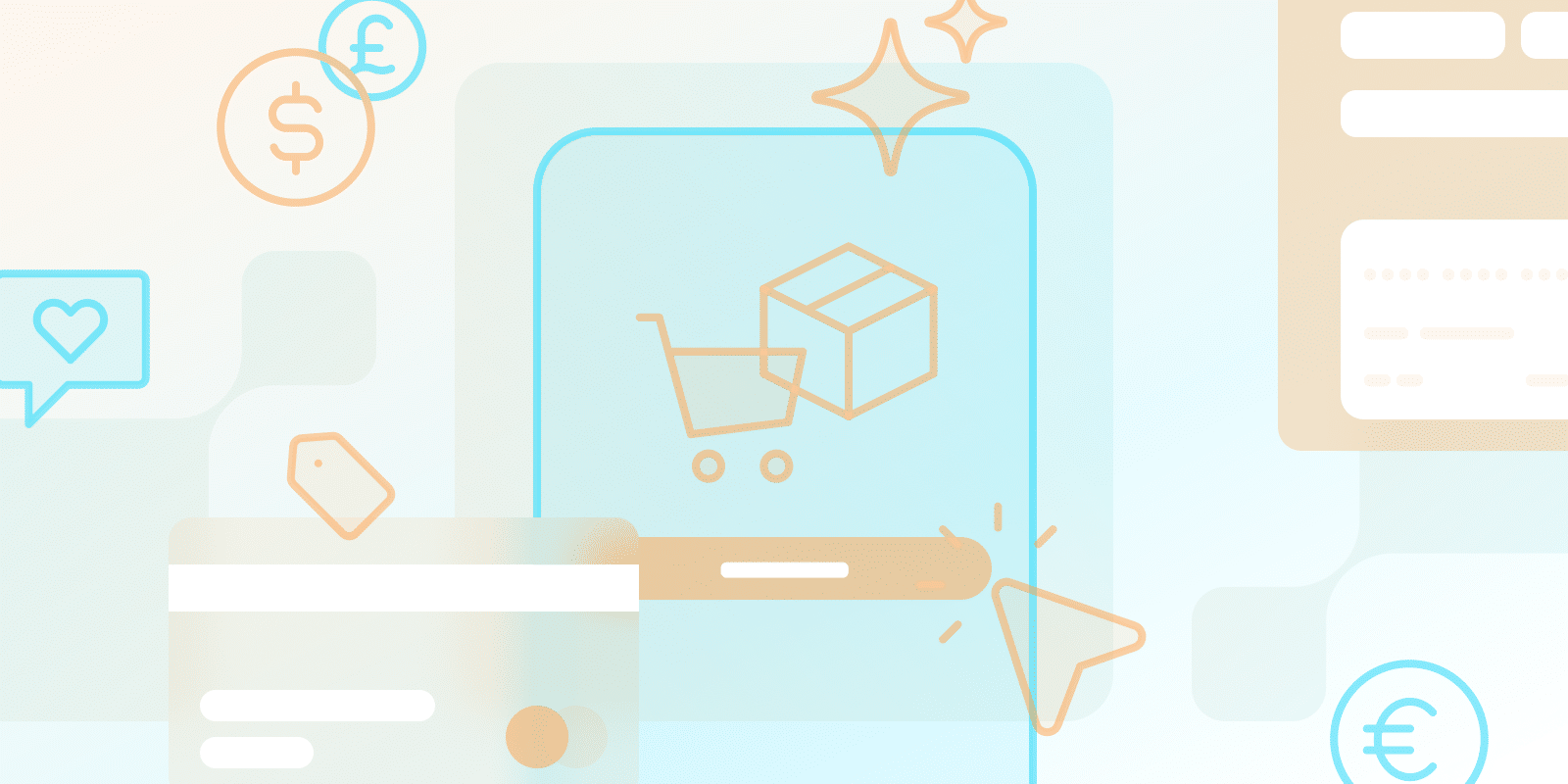SaaS Payments
What are Card Payments?

What are card payments?
A card payment is when someone pays for a product or service without physical cash or using an alternative payment method. Generally speaking, it applies to credit and debit cards.
SaaS payments can be one-time purchases, but they’re more often recurring. The vendor automatically bills a customer’s card each month or year, depending on what kind of plan the user has signed up for.
Automated billing continues until a user cancels their subscription; if their card expires, they can add a new one to keep their membership. You should set up card payments so that you don’t need to send invoices each month.
Why are SaaS card payments gaining popularity?
Some of the things to consider when taking card payments as a SaaS business are:
- Convenience: Card payments are important for reducing the amount of friction between adding an item to a cart and checkout.
- Cash Flow: Automatically billing customers means that you can roughly predict your monthly cash flow, though there might be some variations.
- Churn: Continued payments can help lower churn rates.
- Security: Card payments are typically more secure than some payment methods, but the user will need to implement common practices on their side.
- Reach: VISA and Mastercard are used across the globe, meaning that many customers should have access.
What are the challenges of SaaS card payments?
You should also think about these aspects when you set up card payments for your products and services.
- Declined Payments: Make sure that you inform users when their card is about to expire. You should also implement automated second and third attempts.
- Chargebacks: Give users a clear refund policy; train your customer support team so they can provide the best possible support.
- Security: Consider additional protections for your card payments, such as PCI-DSS compliance.
- Pricing/Fees: Think about the different transaction fees involved in accepting card payments; preparing for these in advance is a good idea.
How can SaaS businesses optimize card payments?
To ensure that the pros outweigh the cons, each of the following aspects should be on your mind.
- Payment Gateway: Your payment gateway needs to meet your needs. This means that they should align with your goals and specifically have subscription-oriented features (e.g. recurring payment automation).
- Payment Options: Users often pay in more ways than just by card. You should also think about alternative payment methods, such as digital wallets. Research the region(s) in which you operate to determine what customers use the most.
- Checkout Optimization: Remove as much friction as possible from the checkout process; this is important for sales.
- Security: Prioritize PCI-DSS compliance and look for this in any payment gateway partner you choose.
- Communication: Make sure that customers can access all the information they need. Billing cycles, refund policies, etc. must be clearly written in easily understandable language.
What is the future of SaaS card payments?
SaaS card transactions will likely change as technology evolves. Here are some trends that you should keep in mind.
- Mobile Wallets: Consider adding Google Pay and Apple Pay to your checkout options.
- Fraud Prevention: Utilize machine learning and artificial intelligence (AI).
- Subscription management: Give customers management tools, such as the potential for more flexible billing (e.g. quarterly).
Conclusion
Card payments are a fundamental aspect of SaaS businesses, and you should partner with a gateway that meets your needs. It’s also important that you consider aspects like security and alternative payment methods. Analyze your customers to see which payments they normally make; VISA and Mastercard should at the very least be the default options.